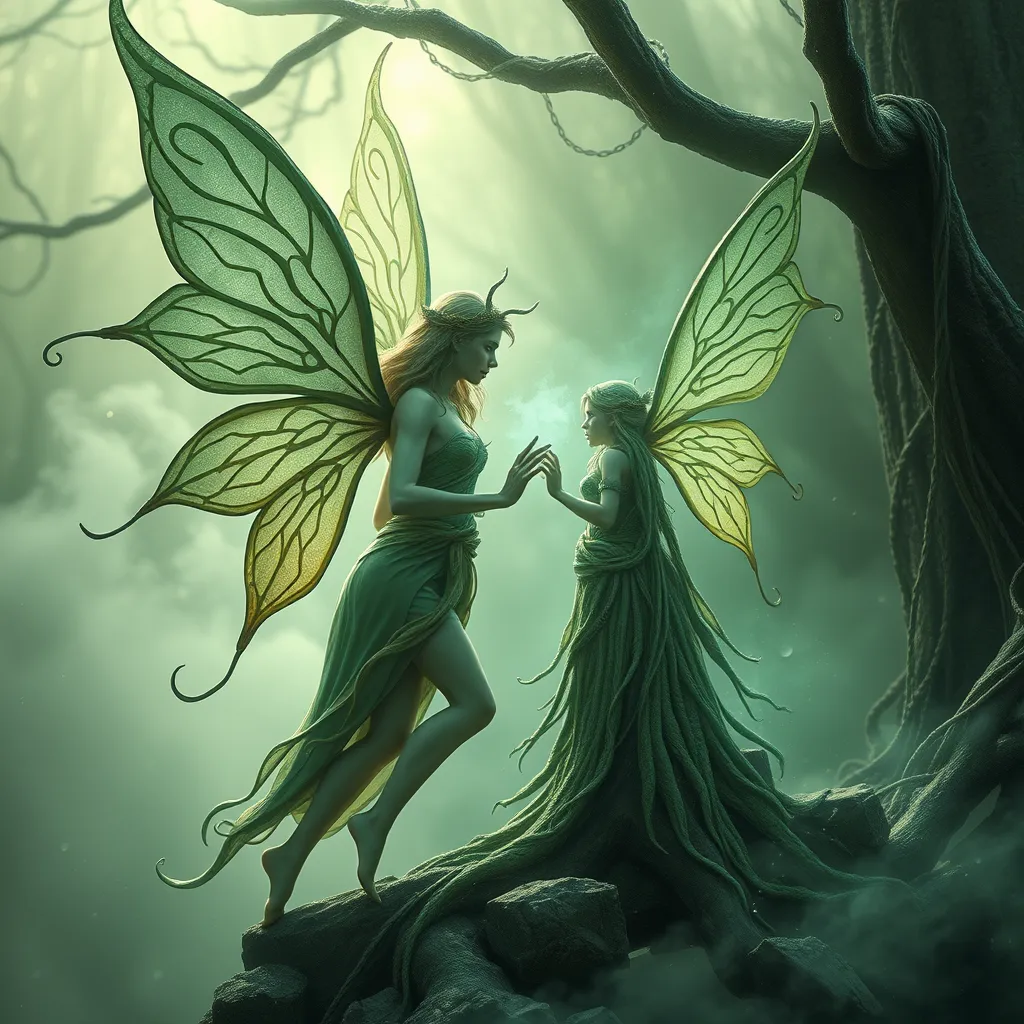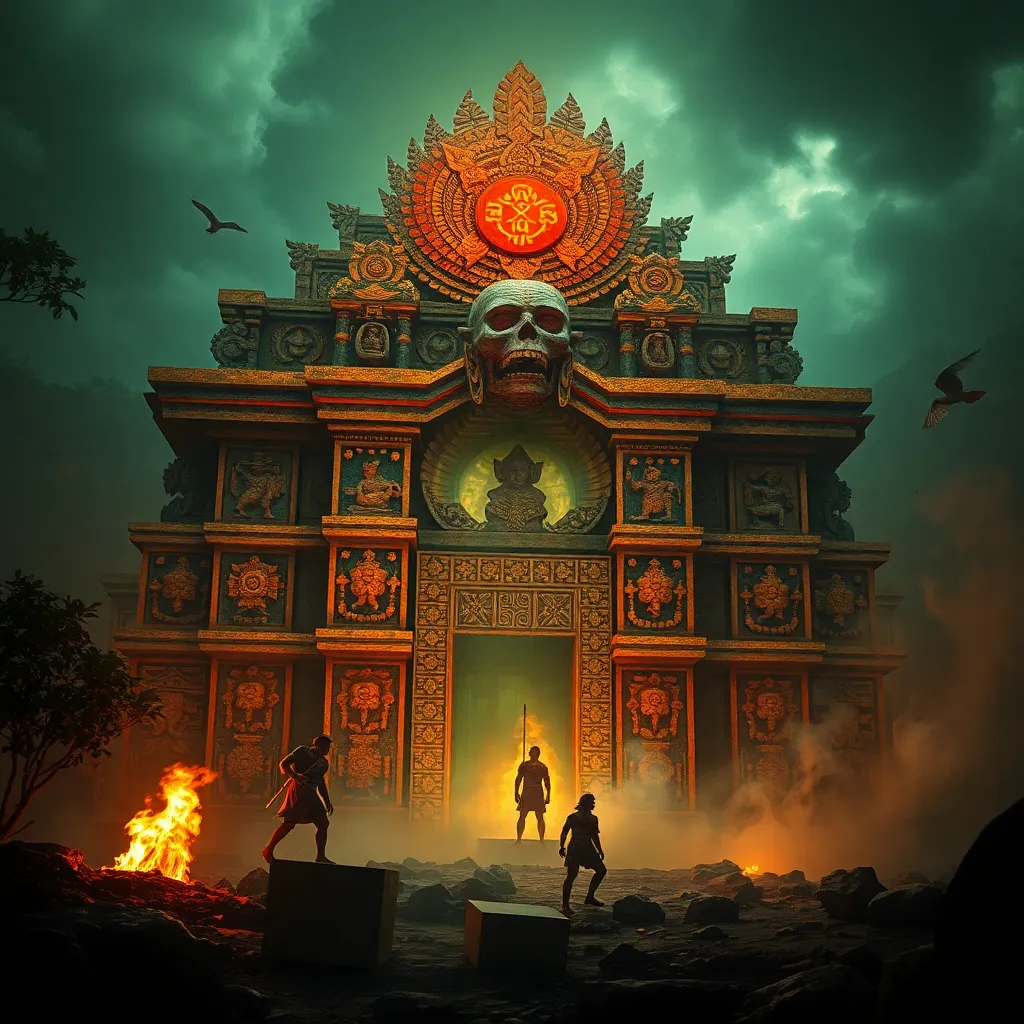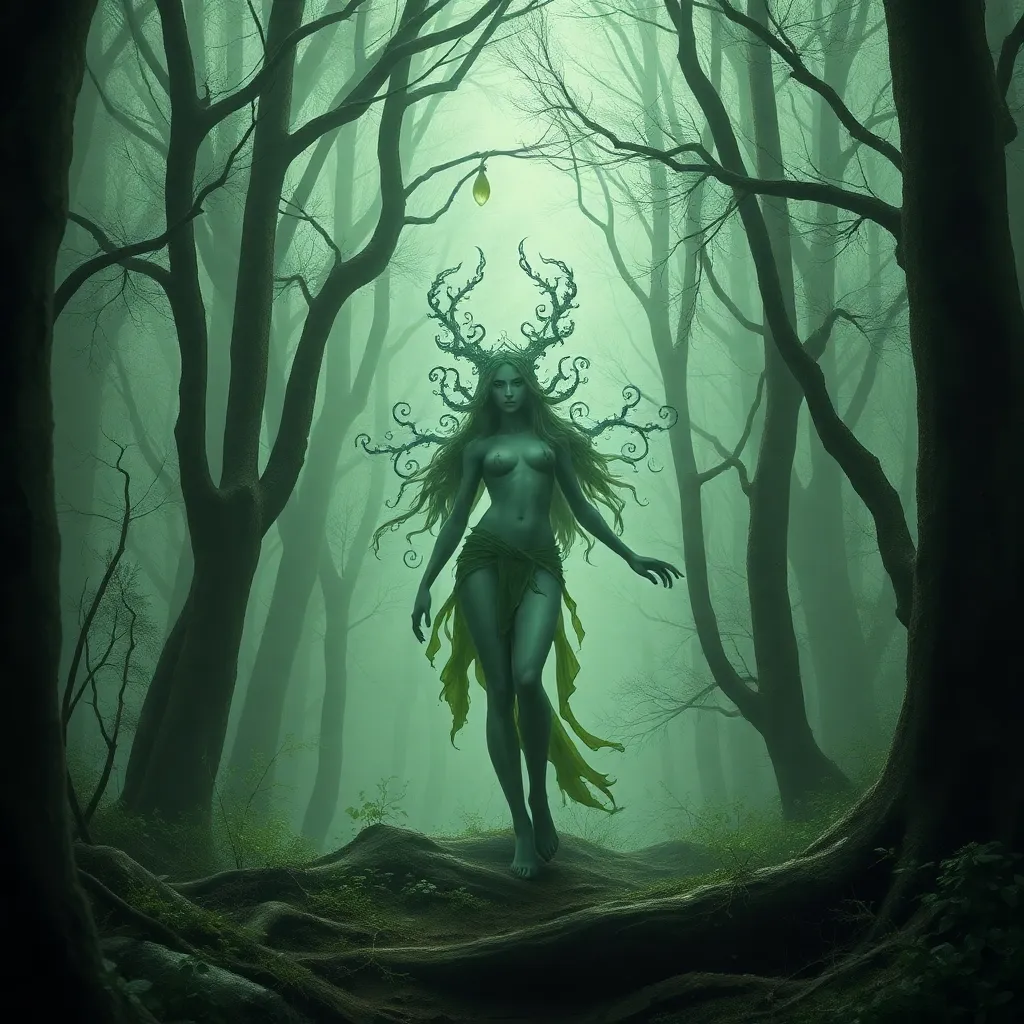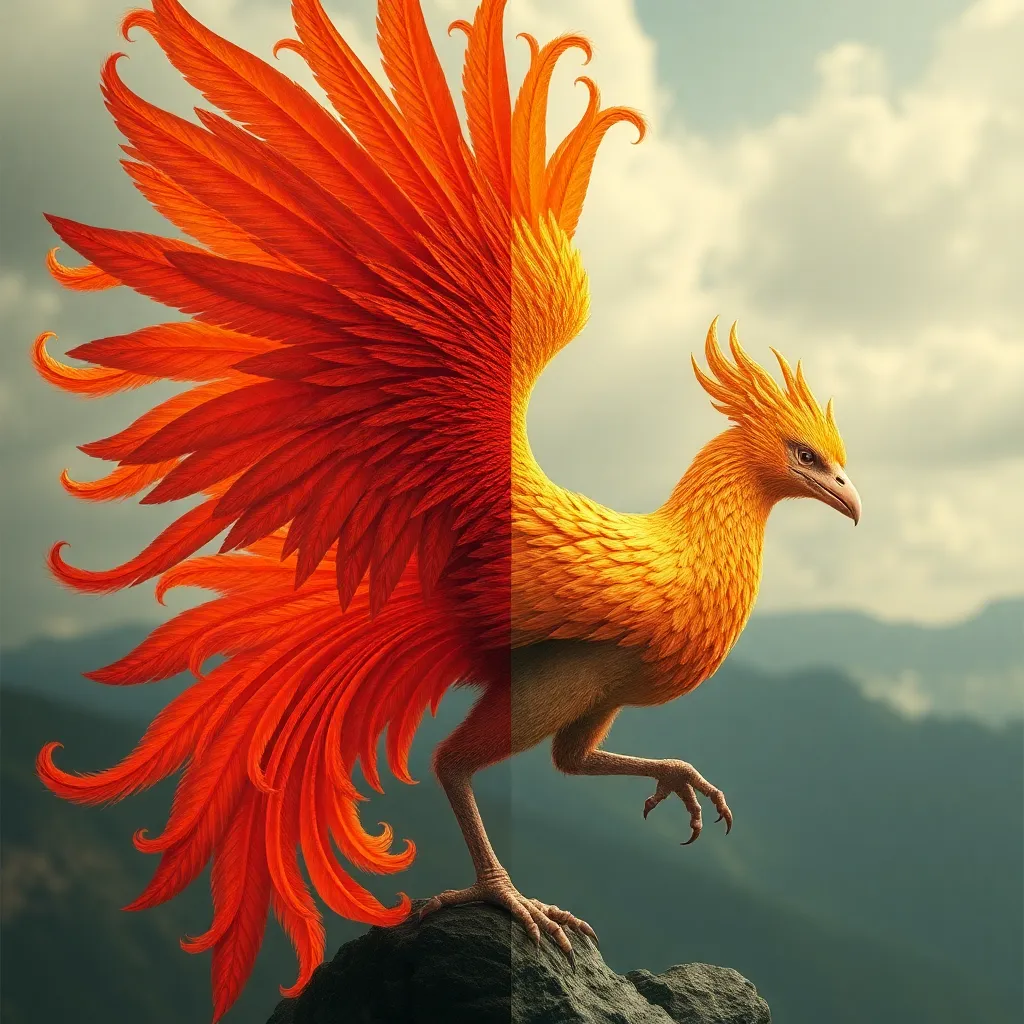The Celtic Faerie: From Divine Beings to Enchanting Spirits
I. Introduction
Celtic mythology is a rich tapestry of stories, beliefs, and traditions that have shaped the cultural identity of the Celtic people across Ireland, Scotland, Wales, and beyond. It encompasses a wide array of divine beings, heroes, and supernatural creatures, with the faerie holding a unique place in this world of enchantment.
The concept of the faerie in Celtic culture is multifaceted, representing not only mischievous spirits but also beings of great power and beauty. This article explores the historical origins, characteristics, realms, cultural representations, and the modern significance of faeries in Celtic mythology, shedding light on their evolution from divine beings to enchanting spirits.
II. Historical Origins of Celtic Faerie Lore
A. Ancient Celtic beliefs and the pantheon of gods
In ancient Celtic society, the pantheon of gods was vast and varied, with deities associated with different aspects of life, nature, and the cosmos. These gods often interacted with mortals, influencing their lives and the natural world around them. As the Celtic worldview evolved, so did the perception of these divine beings.
B. Evolution of faerie figures from deities to folklore
Over time, many of the gods and goddesses in Celtic mythology transitioned into faerie figures within folklore. This evolution was influenced by changing societal norms, the rise of Christianity, and the need for new narratives that resonated with the everyday lives of the people. Faeries began to embody characteristics of the divine, yet they also became more relatable and human-like in their actions and motivations.
C. Influence of Christianity on faerie mythology
As Christianity spread throughout the Celtic regions, many pagan beliefs were assimilated or reinterpreted within the new religious framework. Faeries, once seen as divine or semi-divine beings, were often recast as malevolent spirits or tricksters, reflecting the Church’s stance against paganism. This shift led to a complex relationship between faerie lore and Christian teachings, resulting in a rich tapestry of folklore that incorporates elements from both traditions.
III. The Nature of Celtic Faeries
A. Characteristics and traits of Celtic faeries
Celtic faeries are depicted with a range of characteristics that can vary widely depending on the specific lore. Common traits include:
- Small stature, often described as diminutive or child-like
- Beautiful and enchanting appearances, often with ethereal qualities
- Shifting personalities, ranging from benevolent to mischievous
B. Distinctions between faeries, elves, and other supernatural beings
While faeries are often confused with elves and other supernatural beings, there are distinct differences:
- Faeries: Generally tied to nature, they are often seen as guardians of the earth and its treasures.
- Elves: Typically associated with Norse mythology, they possess a more structured hierarchy and are often depicted as more noble.
- Other beings: Such as sprites and pixies, which may share similar traits but operate in their unique mythological contexts.
C. The duality of faeries: benevolent vs. malevolent
The dual nature of faeries is a significant aspect of their lore. Some faeries are known to offer gifts, blessings, and protection, while others can be vengeful, leading mortals astray or causing mischief. This duality reflects the complexities of life, where good and evil often coexist.
IV. The Faerie Realms: Locations and Descriptions
A. Common settings associated with faeries
Faeries are often linked to specific natural landscapes, which serve as their realms. Common settings include:
- Hills: Often referred to as “fairy forts,” these are believed to be entrances to faerie dwellings.
- Lakes: Sacred waters where faeries are said to emerge and interact with humans.
- Forests: Enchanted woods that serve as a playground for faerie activities.
B. The concept of the Otherworld in Celtic belief
The Otherworld is a central theme in Celtic mythology, often depicted as a mystical realm where faeries dwell. It is a place of eternal youth and beauty, where the laws of time and nature differ from the mortal world. This Otherworld is accessible through certain locations, such as magical mounds or lakes, where one might encounter faeries.
C. The significance of natural landscapes in faerie lore
The landscapes associated with faeries are not just physical locations; they are imbued with magic and meaning. They serve as reminders of the interconnectedness of nature and the supernatural, emphasizing the belief that the faerie realm is always present, just beyond the veil of the ordinary world.
V. Cultural Representations of Faeries in Literature and Art
A. Early texts and oral traditions featuring faeries
Faeries have been prominent in early Celtic literature, with texts such as “The Mabinogion,” “Cuchulainn,” and various folktales featuring these enchanting beings. Oral traditions passed down through generations have also played a crucial role in shaping faerie lore.
B. Modern adaptations and interpretations in literature and media
In contemporary culture, faeries have seen a resurgence in popular media, from fantasy novels to films and television series. Works like “The Hobbit,” “A Midsummer Night’s Dream,” and modern fantasy series have reinvigorated interest in these mythical beings.
C. Artistic depictions of faeries in Celtic art and contemporary culture
Faeries are depicted in various forms of art, ranging from ancient Celtic carvings to modern illustrations. The ethereal beauty and magical nature of faeries continue to inspire artists, leading to a diverse array of interpretations across cultures.
VI. Faerie Encounters and Folklore
A. Common themes in faerie encounters
Faerie encounters often revolve around specific themes, including:
- Abductions: Individuals being taken to the faerie realm.
- Gifts and rewards: Faeries bestowing blessings or treasures upon mortals.
- Mischief and tricks: Faeries playing pranks on unsuspecting humans.
B. Folkloric warnings and protective measures against faerie mischief
Folklore is rich with warnings about how to avoid attracting faerie attention. Common protective measures include:
- Carrying iron objects, as faeries are believed to be repelled by iron.
- Respecting natural spaces, especially those associated with faeries.
- Avoiding certain times of the year, such as Beltane, when faerie activity is thought to be heightened.
C. Case studies of famous faerie encounters in Celtic history
Throughout history, there have been notable accounts of faerie encounters, such as the tale of the “Fairy Ring,” where individuals were said to have danced with faeries, or the “Children of Lir,” where transformation and enchantment played central roles. These stories serve as cultural touchstones, illustrating the enduring fascination with faerie lore.
VII. The Significance of Faeries in Modern Celtic Culture
A. Revival of interest in faerie lore and Celtic spirituality
In recent years, there has been a revival of interest in Celtic spirituality and faerie lore. Many individuals are exploring their heritage and reconnecting with traditional beliefs, often viewing faeries as symbols of nature and the unseen world.
B. Faeries in contemporary celebrations and festivals
Faeries have also found a place in modern celebrations and festivals, such as Beltane and Samhain, where they are honored through rituals, storytelling, and artistic expression. These events serve as a bridge between the ancient and the contemporary, keeping the faerie traditions alive.
C. The role of faeries in modern storytelling and popular culture
Faeries continue to captivate the imagination, appearing in various forms of storytelling and popular culture, from fantasy literature to films, art, and even fashion. They embody themes of wonder, adventure, and the mysteries of life, resonating with audiences across generations.



